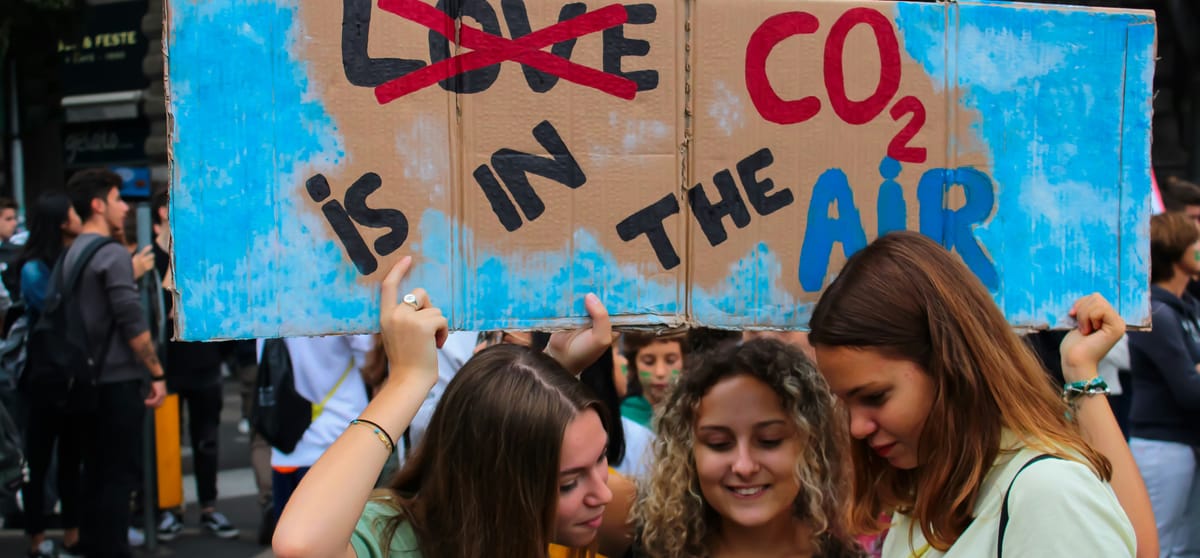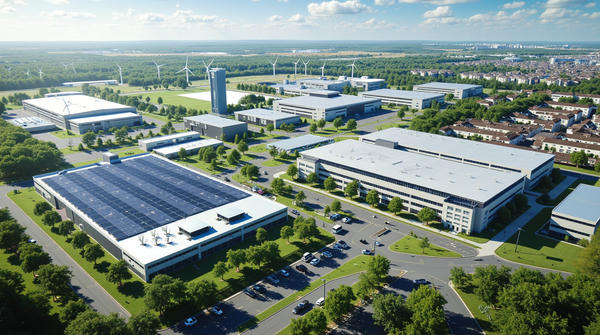The Carbon Content of Electrical kWh: A Practical Guide to Understanding and Calculating

Did you know that the carbon content of a single kilowatt-hour of electricity can vary considerably depending on how it is produced? 🌍 In a world where the climate crisis is pushing everyone to reduce their carbon footprint, this question is crucial. But what does this "carbon content" really mean, and how can it be measured? And why do two European countries, even though they're neighbors, have such different results? This practical guide invites you to delve into this complex but essential subject, and to discover concrete solutions for taking action today.
What is the carbon content of a kWh?
The carbon content of a kWh of electricity corresponds to the quantity of CO2 emitted to produce this unit of energy. It is measured in grams of CO2 per kilowatt-hour (gCO2/kWh). For example, a kWh from a coal-fired power plant can emit more than 800 gCO2/kWh, while that generated by a wind turbine is close to zero. This figure depends directly on a country's energy mix: the proportion of renewable, nuclear or fossil fuels used to generate electricity.
In France, with its high proportion of nuclear power, the average carbon content is around 50 gCO2/kWh. In Germany, where coal is still present, this figure often exceeds 400 gCO2/kWh. These differences show just how decisive the choice of energy sources can be.
Why is this important?
The carbon content of electricity is a key indicator of our environmental impact. It has a direct influence on the emissions linked to our daily use of electricity: heating, lighting, electronic appliances, or even the recharging of electric vehicles. An electric car recharged with "clean" electricity will emit much less CO2 than a combustion-powered car. But if that electricity comes mainly from coal, its ecological balance will be much less favorable.
In Europe, where the goal is to achieve carbon neutrality by 2050, understanding and reducing this carbon content is a priority. So how do we go about it?
Concrete solutions in Europe
Encouraging greener electricity production
Some European countries stand out for their innovations to reduce their carbon content. Take Denmark, for example. This country has invested massively in offshore wind power. Today, almost 50% of its electricity comes from wind power, drastically reducing its carbon content. 🌬️
The Netherlands, meanwhile, has adopted a strategy combining renewable energies and the reduction of coal-fired power plants. The result: an almost 20% drop in electricity-related emissions in less than 10 years. These examples show that clear political choices, combined with strategic investment, can transform the energy landscape.
Optimizing consumption through technology
Reducing carbon content means not only producing better, but also consuming smarter. In Sweden, smart grids are in full development. These systems automatically adjust the electricity supply according to periods of high or low demand, thus reducing reliance on fossil-fired power plants. ⚡
What's more, in Spain, programs encouraging citizens to consume electricity at off-peak times (when renewable energy is more available) have enabled solar power to be better integrated into the grid.
Encouraging cooperation between countries
The European Union also has a key role to play. The development of electricity interconnections between member states enables us to share the electricity we produce wherever it is greenest. For example, France exports some of its nuclear power to neighboring countries, while these can supply their surplus wind or solar power at other times.
What can you do to help?
And what about you? Even if the big decisions are taken at national or European level, everyone can take action: choose a low-carbon electricity supplier, optimize your energy consumption, or find out about the origin of the electricity you use. These gestures, multiplied by millions of citizens, can make a difference.
Join the debate!
Reducing the carbon content of our electricity is a collective adventure. It's a technical, political and civic challenge. What do you think about these issues? Do you have any ideas or inspiring examples to share? Give us your opinion and share it with others. Together, we can move towards a more responsible and sustainable energy future. 💡



